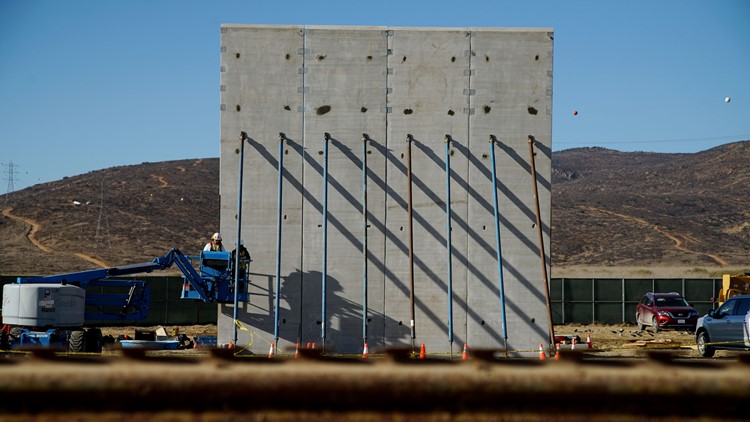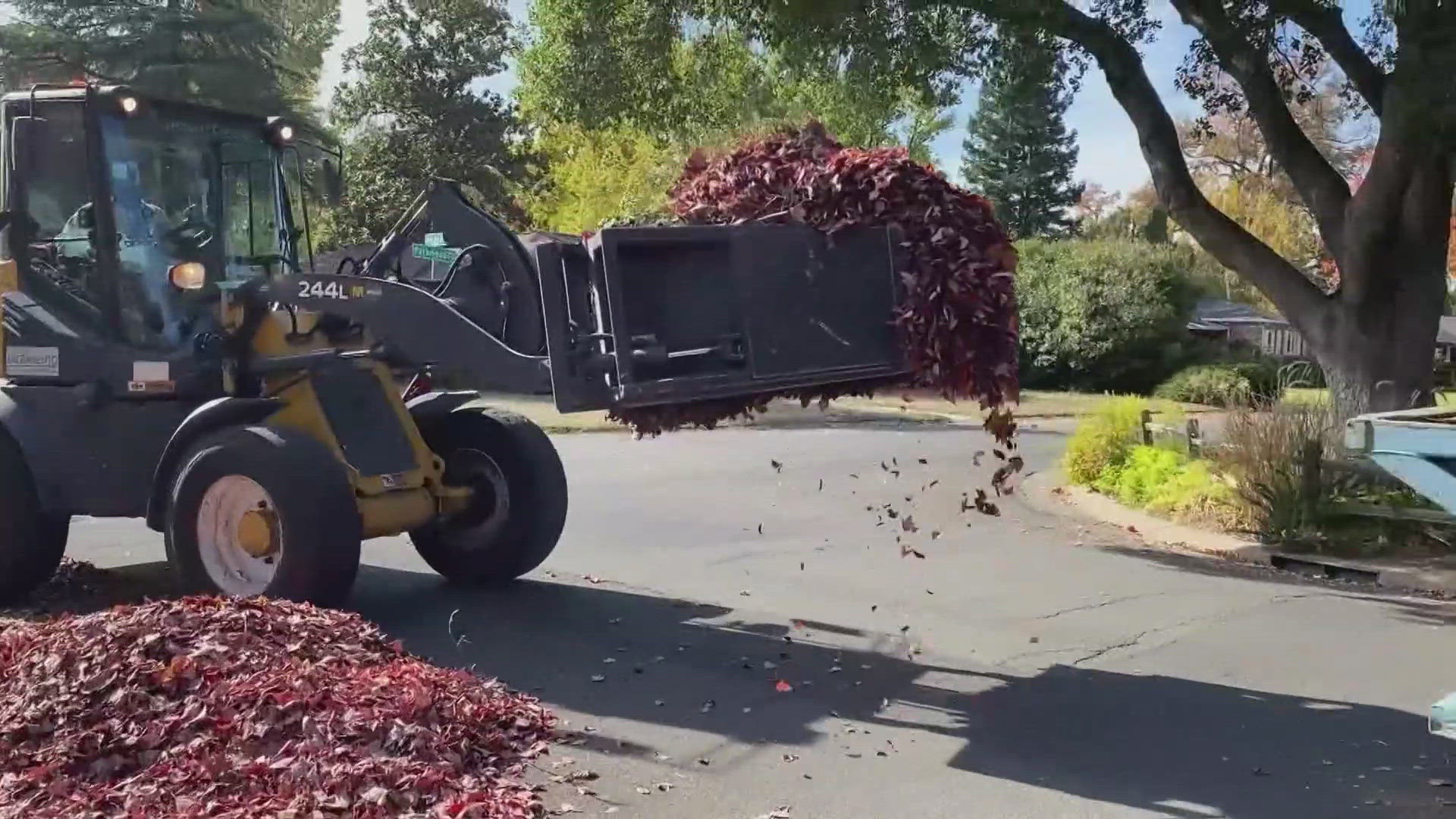The cost of President Donald Trump's promised U.S.-Mexico border wall could be much higher than previously thought because the administration has not fully accounted for factors that can add to the price, a new report from a congressional watchdog agency says.
The U.S. Government Accountability Office report, published Monday, found the agency overseeing the planning and construction of border barriers, U.S. Customs and Border Protection, has identified 17 priority areas for wall construction without doing a cost analysis for each area. The cost to construct 722 miles of barriers in those priority locations was estimated at $18 billion.
But costs vary widely depending on topography — increasing with the steepness of the terrain — and the price of land, especially in Texas, where most parcels along the border are privately held, the report states.
"Without assessing costs as part of the prioritization process, CBP does not have complete information to know whether it is prioritizing locations that will use its limited resources in the most cost-effective manner," the report said.
A Customs and Border Protection representative acknowledged Monday an Arizona Republic request for comment, but said the agency wouldn't provide a statement on the report until Tuesday.
The report also criticized the U.S. Department of Homeland Security, which oversees Customs and Border Protection. It said the giant agency has not followed its own acquisition process with regards to the Border Wall Systems Program, which Homeland Security uses to determine where barriers are deployed along the border.
Homeland Security has not fully documented one of two approved border infrastructure projects, the replacement of miles of secondary fencing in San Diego, the report states.
"DHS plans to spend billions of dollars developing and deploying new barriers along the southwest border," the report said. "However, by proceeding without key information on cost, acquisition baselines, and the contributions of previous barrier and technology deployments, DHS faces an increased risk that the Border Wall System Program will cost more than projected, take longer than planned, or not fully perform as expected."
The 49-page report is a response to key Democrats in Congress who requested the Government Accountability Office examine how Customs and Border Protection and Homeland Security plan future barriers on the southwest border.
The Government Accountability Office said it reviewed documents and consulted with federal officials from October 2017 to June 2018.
"The report shows us what we already knew," U.S. Rep. Filemon Vela, D-Texas, said. "The Trump Administration put almost zero thought into the construction of this wall other than how it will play in the news cycle."
What Trump's visit to the San Diego border looks like from the other side. J. Omar Ornelas/azcentral
Vela is the ranking member for the House Homeland Security's subcommittee on Border and Maritime Security, which is led by Rep. Martha McSally, R-Ariz. Vela is one of the nine House members representing districts that touch the U.S.-Mexico border.
"Simply put, the White House has not done their homework," he added. "They are gambling with taxpayer money while operating on incomplete information. This irresponsible waste is unacceptable and a complete disgrace."
There are currently 654 miles of fencing on the border, including 354 miles of pedestrian fencing and 300 miles of vehicle fencing.
A USA TODAY Network analysis found some 5,000 parcels of private land are within 500 feet of the border in Texas, and legal action to acquire them could add years to the project. During the last round of construction, stemming from the 2006 Secure Fence Act, the government initiated 300 condemnation cases against Texas landowners. About 85 of those cases remain in litigation.
In 2018, Congress allocated $1.34 billion for construction of new barriers and to replace existing barriers. That includes 25 miles of levee fencing in Texas' Rio Grande Valley, which Customs and Border Protection sees as its top priority.
Homeland Security is asking for $1.9 billion in the 2019 appropriations cycle to build 65 miles of additional fencing in the Rio Grande Valley, which would essentially fence off the entire area.
Last month, House Republicans set aside $5 billion in a 2019 spending bill for construction of border wall. Around the same time, Trump threatened again to shut down the government if he doesn't get the funding for it.
Follow Rafael Carranza on Twitter: @RafaelCarranza



